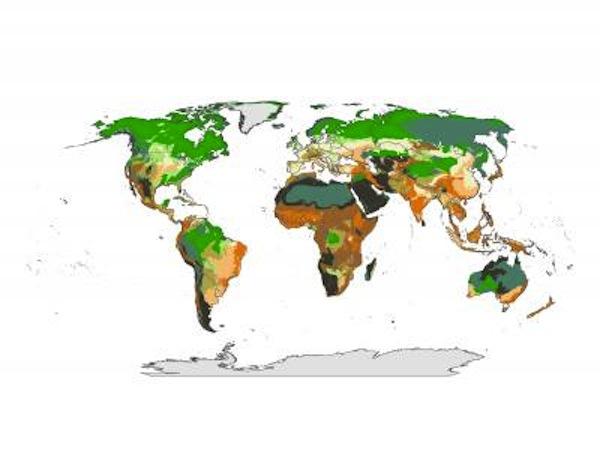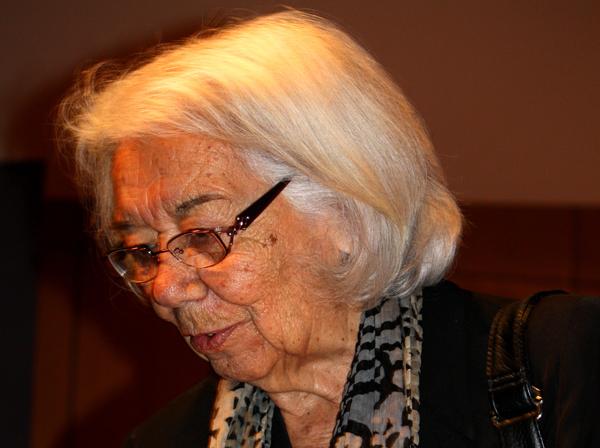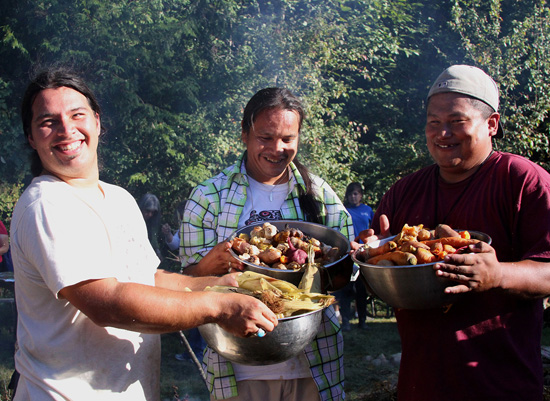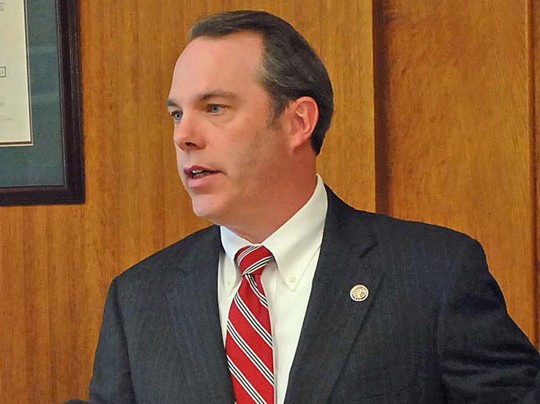By Walter Lamar, Indian Country Today Media Network
As schools across the nation are starting a new academic year, many Native girls wake to thoughts of preparation for time immemorial puberty ceremonies, their first prom and that cute fancy dancer at the annual pow wow. In contrast, the cold, stark reality for a host of other young Native girls is waking in the squalor of a seedy motel room, dank with the smell of stale beer and smoke. Their thoughts focus on the most recent beating and rape, bruises and displaced cartilage, vaginal and anal tears, the intense craving for a drug-induced escape and the powerful desire for someone to care.
As an FBI Agent in 1986 I was assigned to investigate the “Green River Murderer.” In the early 1980s, the violent strangulation deaths of 48 women in the Seattle, Washington area were attributed to a single killer. The murdered women were all alleged to have been involved in the sex trade.
After a period of time with no killings matching the killer’s signature points, I was assigned to look for places in the country where similar killings were occurring. Maybe he was dead, in jail, or killing somewhere else. The surprising results of the canvass were that many areas in the nation were reporting a similar pattern of multiple deaths, just not with such a high death count. Because these women and youths can be disposed of and not missed, people with ill intent view the poor souls engaged in the sex trade as castaways without a footprint. The Green River Murderer was arrested in 2001. When interviewed, he claimed to have killed so many, he could not remember the exact number. Over 70 deaths, a number of whom were Native American, were eventually attributed to his maniacal need to kill. After interviewing more than 50 prostitutes I clearly understood the horrific consequences of human trafficking. Their emotionless, blank stares told the story of their suffering.

Buying and selling children shouldn’t even be an issue in 21st century America, but it’s a problem that endangers disaffected youth from coast to coast, and particularly girls from Indian country. Thanks to groundbreaking work in Minnesota, not only is a picture emerging of the systematic victimization of women and children in Indian country, but states, tribes, non-profits and private companies across the U.S. and Canada are taking action to turn this problem around. However, many tribal members are still unaware of—or in denial about—the factors that lead to sex trafficking between their reservations and nearby cities or for those living in the cities.
Sexual exploitation often begins in childhood, which is so awful that the community response is often denial: “Oh no, that’s not happening here, we respect our young ones.” Two out of three child prostitutes interviewed for the Minnesota study had weak ties to family, and about half have run away from foster or group care. Children who grow up in abusive environments are far more likely to run away, to join a gang or to be tempted by promises of drugs, money or security.
Predators seek out runaway or homeless children, and about a third of runaways are forced into sex within days of hitting the streets. Once ensnared in this life, it’s hard to leave. Homelessness, addiction, financial and emotional dependence all combine with fear of being arrested tend to make trafficking victims reluctant to report their abusers, although most dream of escape. Prostitutes are regularly threatened and physically abused, both by pimps and by their customers. The level of violence is such that victims of human trafficking are 40 percent more likely to die of violent causes than other groups.
Although the clearest picture of sexual exploitation of Native youth has emerged from Minnesota, other tribes are also struggling to address sex trafficking. Elders in the Bethel region of Alaska are warning villagers about predators in Anchorage who watch for Native girls at popular teen hangouts and recruit them into prostitution and pornography with promises of an easy lifestyle. Pimps even coerce girls to recruit their friends from their villages. In South Dakota police point to the flow of young girls from the reservations to Sioux City. Liberal Portland, Oregon was shocked to discover the city had become a hub for child exploitation, involving many Native girls who had come to the city in search of a better life.
Law enforcement is reacting by engaging in active investigations and widespread sweeps of child trafficking rings. In July, an FBI sting rescued 105 teens forced into sexual slavery and arrested 150 pimps. In August, agents arrested nine men at the Sturgis motorcycle rally who were pimping girls between 12-15 years of age. Because the Internet enables child trafficking and distribution of child pornography, investigators have had to develop some serious technical expertise. The European approach has been to work with Google, Microsoft and Yahoo to deter the use of their search engines to find child pornography or other images of exploited children. Working across borders, law enforcement agents continue to improve their tools for tracking child predators.
What happens to the teen and child victims of these crimes? Beds in shelters, health care, and legal assistance are usually enough to address a victim’s immediate needs, but equally critical long term needs include housing assistance, education, counseling and possibly drug and alcohol recovery. Sadly, the resources to help victims of child sex trafficking are lacking. Most cases involving underage prostitution result in no services provided to the victim.
Some states, like Minnesota, South Dakota and Oregon, are working to change that by knitting together networks of providers to help these exploited children. Minnesota’s Safe Harbor Initiative increases the opportunities for young people to walk in off the street, a method called “No Wrong Door.” Under new laws in these states, children who have been prostituted cannot be charged with juvenile delinquency and are instead treated as victims of a crime. Child welfare advocates hope that if exploited youth don’t fear criminal prosecution, they will be more likely to report crimes against them.
Meanwhile, finding beds and services for victims identified under the Safe Harbor Initiative has been a challenge. If money were no object, existing networks of service providers could be expanded to accommodate victims of child prostitution. In the real world, reduced federal funding has existing programs on life support.
Concerned adults can raise awareness about what’s happening to our daughters. By writing letters or talking to our tribal governments, we can express support for providing abused and neglected children and teens with services to get them on a healing path, before they turn to the arms of a child trafficker. When endangered children feel like their needs are being heard and addressed, they find the courage and confidence to reject empty promises from pimps, gangs and other predators. If being disassociated from family and having low self-esteem are the symptoms of a girl in trouble, then being cared for by a community may be the ounce of prevention we need.
It is unimaginable to think of those lost spirits who have died under the worst of circumstances and disposed of in some unknown place. Their spirits continue to roam.
A recent Facebook post said, “I’m seeing children who are hungry, lonely and scared, doing their best to take care of each other.” The post went on to say some of our children are witness to things they shouldn’t see and are hurt with nowhere to turn. The post closed with, “We’re failing our most vulnerable.” I say that failure is not permanent, unless we fail to rise up in force to protect our future.
Walter Lamar, Blackfeet/Wichita, is a former FBI special agent, deputy director of BIA law enforcement and is currently president of Lamar Associates. Lamar Associates’ Indian Country Training Division offers culturally appropriate training for Indian country law enforcement and service professionals with both on-site and online courses.
Read more at http://indiancountrytodaymedianetwork.com/2013/09/24/native-girls-should-not-be-sale-151407















